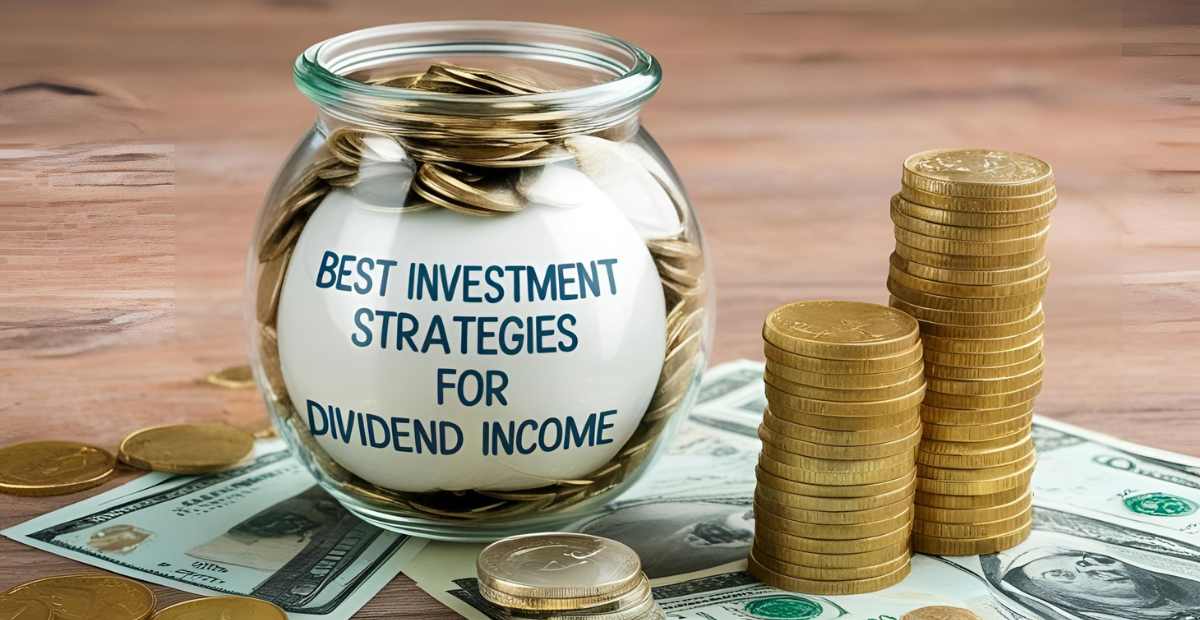Living off dividends is a financial dream for many investors seeking financial freedom and passive income. But how much do you need to invest to achieve this goal? The answer depends on several factors, including your desired annual income, dividend yield, and investment strategy. In this article, we will break down the calculations, strategies, and practical steps to help you determine how much you need to invest to live off dividends.
Dividend Income
Dividend income is generated from stocks, ETFs, and other investments that pay regular cash distributions to shareholders. These payments come from a company’s profits and can be a reliable source of passive income.
Key Factors Influencing Dividend Income
- Dividend Yield – The percentage of a stock’s price paid as dividends annually.
- Investment Amount – The total capital invested in dividend-paying assets.
- Portfolio Diversification – Spreading investments across different sectors reduces risk.
- Tax Implications – Taxes on dividends vary based on your country and tax bracket.
Calculating How Much to Invest
To determine how much you need to invest to live off dividends, use the following formula:
RequiredInvestment=DesiredAnnualIncome÷DividendYieldRequired Investment = Desired Annual Income\div Dividend Yield
For example:
- If you want $50,000 per year and the average dividend yield is 4%, you need: 50,000 \div 0.04 = $1,250,000
- If you choose higher-yield stocks (6%), you need: 50,000 \div 0.06 = $833,333
Adjusting for Inflation
Inflation erodes purchasing power over time. If you need $50,000 today, you may need $70,000 in 20 years. Investing in dividend growth stocks can help combat inflation.
Best Investment Strategies for Dividend Income
1. Invest in High-Yield Dividend Stocks
Stocks with high dividend yields provide higher payouts, reducing the amount you need to invest. However, be cautious—some high yields signal financial instability.
2. Focus on Dividend Growth Stocks
Companies with consistent dividend increases provide growing income over time, counteracting inflation. Examples include Coca-Cola (KO), Johnson & Johnson (JNJ), and Procter & Gamble (PG).
3. Diversify Across Sectors
Avoid over-concentration in one industry. Consider sectors like:
- Consumer Staples (Procter & Gamble, PepsiCo)
- Utilities (Duke Energy, NextEra Energy)
- Healthcare (Pfizer, Johnson & Johnson)
- REITs (Real Estate Investment Trusts) – Real estate-backed dividend income
4. Utilize ETFs and Mutual Funds
Dividend-focused ETFs like Vanguard Dividend Appreciation ETF (VIG) or Schwab U.S. Dividend Equity ETF (SCHD) offer instant diversification with consistent dividends.
Tax Considerations for Dividend Investors
Qualified vs. Ordinary Dividends
- Qualified dividends – Taxed at lower capital gains rates.
- Ordinary dividends – Taxed as regular income.
Tax-Advantaged Accounts
To minimize taxes, invest through Roth IRAs, 401(k)s, and HSAs, which offer tax-free or tax-deferred growth.
Reinvesting vs. Withdrawing Dividends
If you reinvest dividends through Dividend Reinvestment Plans (DRIPs), your portfolio grows faster due to compounding returns. However, if you’re living off dividends, consider withdrawing a portion while reinvesting the rest.
How to Build a Sustainable Dividend Portfolio
1. Start Early & Invest Consistently
The sooner you start, the more compound growth works in your favor. Even small, regular contributions lead to significant wealth over time.
2. Avoid Dividend Traps
Stocks with extremely high yields (above 8-10%) often signal financial distress. Research company fundamentals before investing.
3. Monitor Your Portfolio
Regularly review your holdings, ensuring companies maintain strong earnings and sustainable dividends.
4. Set Realistic Expectations
- A 4-5% dividend yield is realistic and sustainable.
- Balancing growth stocks and dividend payers can enhance returns.
Real-Life Scenarios: How Much You Need
| Desired Annual Income | Dividend Yield | Required Investment |
|---|---|---|
| $30,000 | 3% | $1,000,000 |
| $30,000 | 4% | $750,000 |
| $50,000 | 3% | $1,666,667 |
| $50,000 | 5% | $1,000,000 |
| $100,000 | 4% | $2,500,000 |
| $100,000 | 6% | $1,666,667 |
Case Study: Retiring Early on Dividends
John, a 45-year-old investor, aims to retire at 55 with $60,000 per year in dividend income. With a 5% dividend yield, he needs: 60,000 \div 0.05 = $1,200,000 By consistently investing $30,000 per year, reinvesting dividends, and choosing dividend growth stocks, he reaches his goal in 10 years.
Final Thoughts
Living off dividends is achievable with careful planning, smart investing, and consistent savings. By focusing on dividend yield, reinvesting wisely, and diversifying your portfolio, you can generate reliable passive income and enjoy financial independence.

Drew Blankenship is a cryptocurrency investor, family man, father and lifelong automotive enthusiast. He lives in North Carolina with his wife, daughter and their dog Enzo.

